
For the first couple of centuries of the church, before Rome adopted Christianity as the official imperial religion, the leaders who defended the Gospel did so with two main sources of evidence. First, they pointed to the behavior of believers. Those who followed Jesus, they argued, lived lives of more character, paid their taxes, and followed the laws.
Second, those pastors and bishops would point to the overwhelming amount of Old Testament prophecy fulfilled in Jesus.
Modern Christianity rarely points to either, regrettably.
While a fascinating and revealing discussion, this article won’t focus on the first line of evidence. Regarding the second, specific and numerous prophecies were fulfilled in the Gospel writings. The Gospel writers laced their storytelling with such commentary, especially Matthew.
A mathematician and professor, Peter Stoner calculated the odds of just eight specific Messianic prophecies being fulfilled in Jesus as 1 in 100 quadrillion (the factor after trillion). Statistically, that’s a near impossibility, what we would consider miraculous.
Some apologists claim 300+ prophecies were fulfilled in Jesus, statistically beyond impossible.
Of course, not only are the following eight proof of God’s heavenly plan being fulfilled, possible only through the Lord’s work, but the Father also communicates his love and power to us through them.
Here are 8 Old Testament prophecies fulfilled during Easter Week:
Photo Credit: ©Unsplash/Avel/Chuklanov
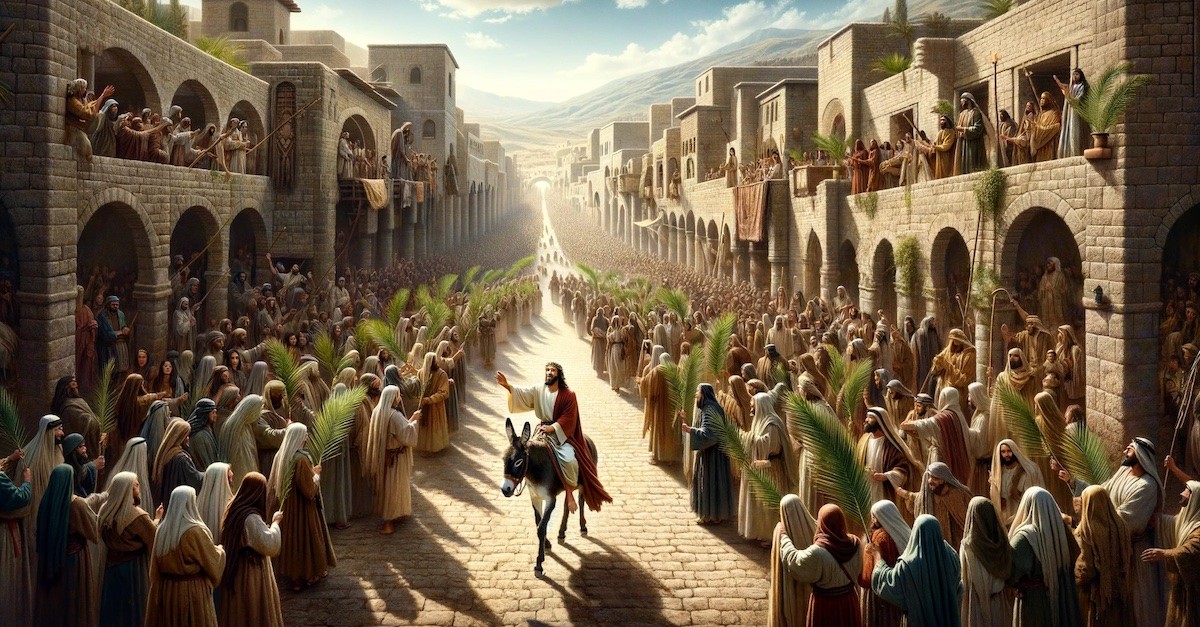
1. Jesus' Triumphal Entry
In Zechariah 9:9, the prophet writes, “Rejoice greatly, Daughter Zion! Shout, Daughter Jerusalem! See, your king comes to you, righteous and victorious, lowly and riding on a donkey, on a colt, the foal of a donkey.” This Old Testament picture points to a time when a future king would be humble but bring great victory. From these later prophets, any future Jewish king would be considered Messianic.
A few hundred years later, Jesus entered Jerusalem just as Zechariah foretold. In Matthew 21:1-19, Jesus told his followers to find a donkey and a colt. When they did, he rode the colt into the city. Jesus had just raised Lazarus from the dead (John 11), and his fame had grown throughout Judea over the previous three years. People in Jerusalem heard about his coming for the Passover celebration, and the large crowds arrived and laid down their cloaks and palm branches while shouting, “Hosanna to the Son of David!” They called him by this Messianic name and treated him like a new king.
Through the humble colt and donkey revealed Christ’s humility, the nature of the Kingdom he established, different than the world of pride and power. The Kingdom doesn’t advance through force and earthly power but love and self-sacrifice. Because the Jewish leaders and others looked for a political solution to a spiritual problem, the same people who worshipped Jesus during this entry later cried for his crucifixion.
Still, Jesus knowingly fulfilled Zechariah’s prophecy and revealed his Messianic identity.
Photo Credit: dalle AI
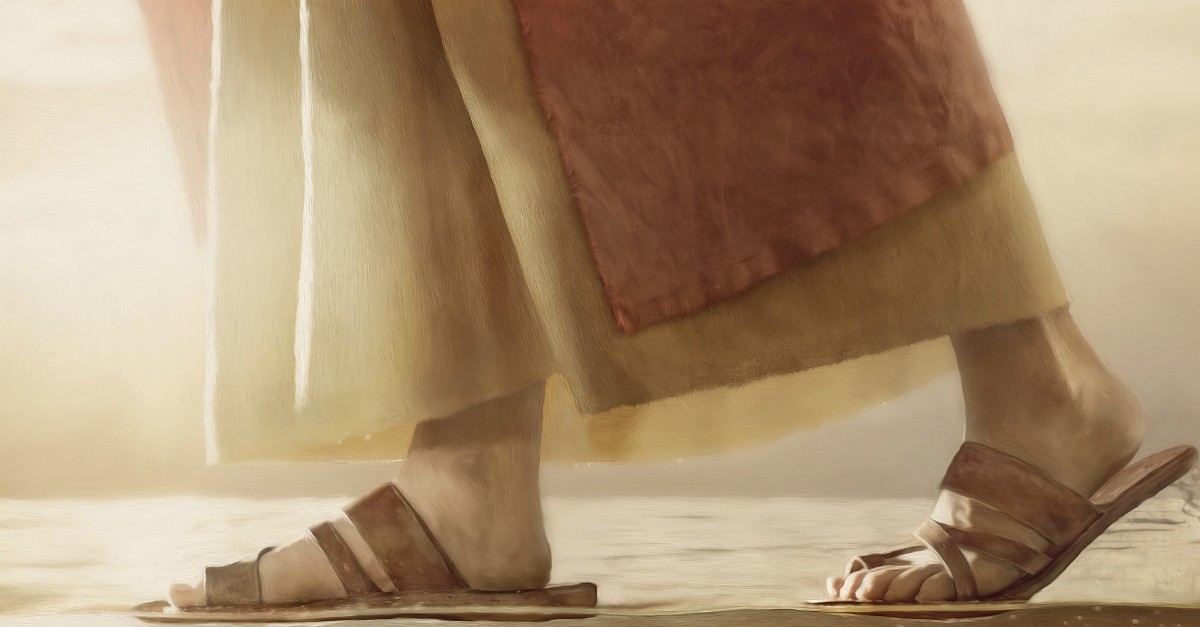
2. Jesus Was Betrayed By a Friend
Psalm 41:9 speaks about betrayal, “Even my close friend, someone I trusted, one who shared my bread, has turned against me.” As a psalm of David, an Old Testament Messianic figure, David expresses his pain and experience of betrayal from a close friend. While the text doesn’t name the traitor, several names throughout David’s story could fill this role, from King Saul to Joab and others.
Jesus lived this verse as a prophetic moment in John 13:18-27. While he ate the Passover with his disciples, he grieved and said, “One of you will betray me.” The disciples grew confused, and Christ identified the villain by dipping a piece of bread and handing it to Judas Iscariot, one of the main twelve disciples. Judas took the bread, and the Gospel says Satan entered him. Jesus told him, “What you are about to do, do quickly.”
We can’t be betrayed by enemies. We know they want to hurt us. Betrayal can only come from friends or family, those we trust. In this, Judas had walked with Jesus for three years and witnessed his power, and heard his teaching. Judas’ betrayal grieved Jesus and fulfilled Scripture.
Jesus didn’t try to stop Judas. He allowed this evil act to play a necessary part in God’s redemptive plan as Jesus willingly moved forward to endure all kinds of pain on the way to the cross, taking the agony and death of sin and overcoming it for us who would believe.
Photo Credit: ©GettyImages/KristiLinton

3. Jesus' Location Was Sold for 30 Pieces
While a lesser-known book to most Christians today, Zechariah contains much about the coming Kingdom and Messiah. Zechariah 11:12-13 says, “So they paid me thirty pieces of silver. And the Lord said to me, ‘Throw it to the potter’—the handsome price at which they valued me!” Zechariah originally wrote about how much people devalued God’s redemptive shepherd, being fulfilled in his day and hundreds of years later in Jesus.
The Jewish religious leaders had been looking for a way to arrest and kill Jesus. In Matthew 26:14-16, Judas went to the priests and betrayed Jesus for 30 silver coins, the exact amount mentioned by the Old Testament prophet.
After Jesus’ arrest, Judas felt great remorse, realizing he “betrayed innocent blood.” He tried to return the money, but the priests refused what they called “blood money.” Judas threw the coins into the temple and left. The priests used it to buy a potter’s field to bury foreigners.
Every detail matched Zechariah’s prophecy: the amount, throwing the money, and finally using it to buy a potter’s field. Judas nor the priests acted randomly. Although they behaved and chose according to their hard hearts, God used their evil to prove his glory and power. God’s Word was fulfilled exactly. As it always will be.
Photo Credit: ©GettyImages/gabrielabertolini
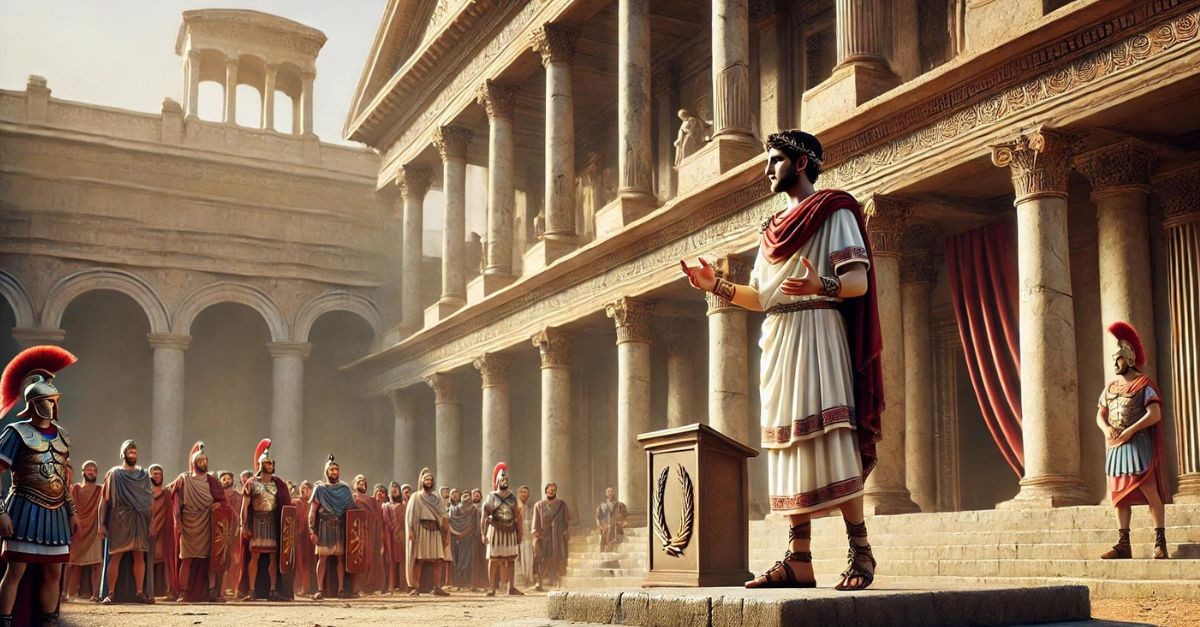
4. Jesus Was Silent before His Accusers
Isaiah writes about the Suffering Servant who willingly endures pain and oppression. Isaiah 50:6 describes these details, “I offered my back to those who beat me, by cheeks to those who pulled out my beard; I did not hide my face from mocking and spitting.” Isaiah points to a silent submission, not from weakness but a deeper strength.
Jewish scholars disagreed on this person’s identity. Was this the same person as the Messiah? Jesus answers the question with his crucifixion, fulfilling this passage specifically in Matthew 27:12-14. Christ had been falsely accused by the Jewish religious leaders and stood before the Roman governor, Pilate. Jesus remained silent while the chief priests accused him. Pilate didn’t understand and asked, “Don’t you hear the testimony they bring against you?” But Jesus remained silent, choosing not to defend himself.
Jesus endured all the abuse listed in Isaiah. From his arrest to the crucifixion, he was beaten. His beard had been pulled. He was mocked and spit upon. Yet he didn’t try and save himself or argue. He didn’t plead for mercy, even though the Jews lied about him. He revealed a deeper strength, one where he was willing to obediently suffer so others could live. So we could be saved.
Photo Credit: Image created using DALL.E 2024 AI technology and subsequently edited and reviewed by our editorial team.
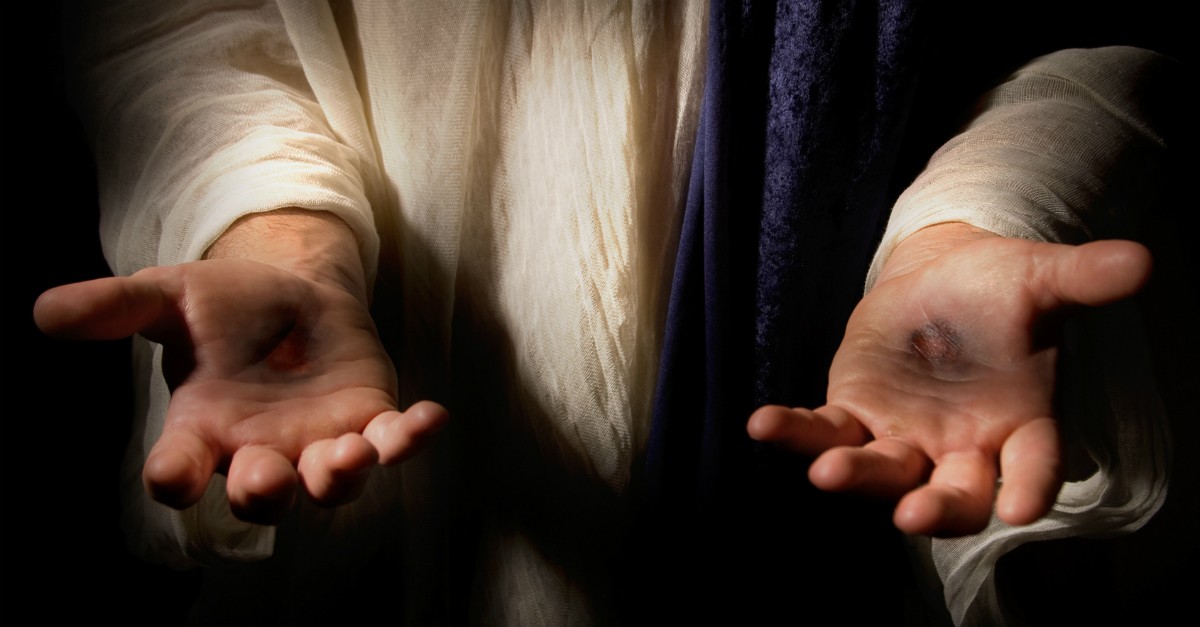
5. Jesus Was Pierced on the Cross
In another song from David, we get a verse about abuse very specific to Jesus. “They pierce my hands and feet.” (Psalm 22:16) Amazingly, this was written centuries before crucifixion developed into a method of execution. While impalement is considered a precursor to crucifixion, scholars credit the Persian Empire with first using crucifixion, which was centuries after the writing of Psalm 22. David, inspired by the Holy Spirit, described a form of pain widely adopted by the Romans to strike fear and pain into conquered peoples.
On Good Friday, Roman soldiers nailed Jesus to the cross, hammering spikes through his hands and feet. He suffered torture for hours before dying, but he rose again. After the resurrection, Jesus appeared to the disciples and showed them his hands and feet (John 20:25-27). Thomas famously doubted Jesus was really alive and said, “Unless I see the nail marks on his hands and put my finger where the nails were, and put my hand into his side, I will not believe.” Jesus later appeared again and allowed Thomas to do just that, encouraging the disciples to believe.
Jesus’ pierced hands and feet revealed him as alive again, and his identity—the Son of David and the Suffering Servant. Through the crucifixion, Jesus fulfilled Scripture, and his scars declare his victory, love, and how God fulfills his Word.
Photo Credit: ©GettyImages/kevinschreiber

6. None of Jesus' Bones Were Broken
(Exodus 12:46, Ps 34:20, John 19:33-36)
One fascinating fulfillment comes from a theme across the Old Testament. First, God gives the following instruction about the Passover lamb the Israelites would kill and eat, using the animal’s blood to cover their doorposts. “Don’t break any of its bones.” (Exodus 12:46) Alone, this seems an odd and insignificant detail. In Psalm 34:20, another song written by King David, he writes about how God protects a righteous figure: “He protects all his bones; not one of them will be broken.” This verse connects with Exodus 12 but doesn’t talk about a lamb but a person; now, God won’t allow his bones to be broken.
Crucifixion was designed to cause the most pain across the longest amount of time for maximum effect, a deterrent to all rebels and criminals. If it took too long for those on a cross to die, they would break their legs, causing the “criminal” to suffocate quickly and die. On Good Friday, when the soldiers approached Jesus to break his legs, they realized he was already dead, so they didn’t have to. Instead, they stabbed Jesus’ side with a spear to make sure. The apostle John explains how this fulfilled Psalm 34 (John 19:33-36).
The Old Testament verses connected some person with the Passover lamb, pointing to Jesus, the Lamb of God, the final sacrifice. Jesus’ bones remained unbroken, just as the Scripture declared, fulfilling the requirements of the Passover sacrifice for salvation and deliverance from death and slavery.
Photo Credit: ©GettyImages/Arthit_Longwilai
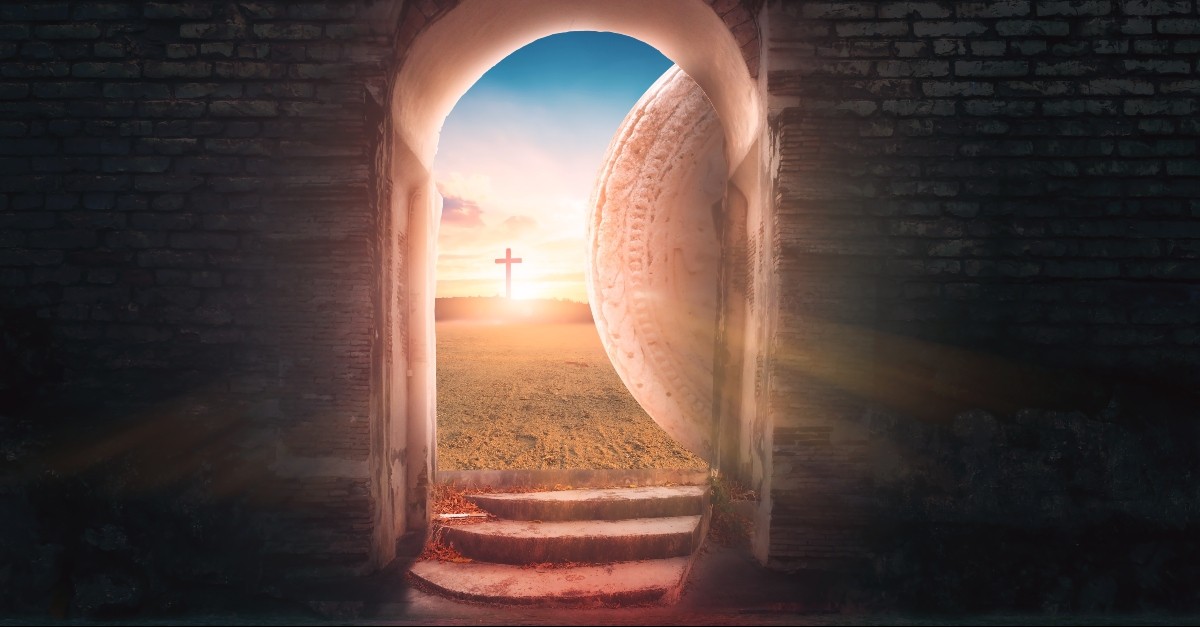
7. Jesus Was Buried in a Rich Man's Tomb
As we see, Isaiah’s Suffering Servant is the same as the Messianic king/priest figure who would bring an eternal kingdom of abundance, peace, and justice. Isaiah 53:9 shares an interesting detail about the Christ. “He was assigned a grave with the wicked and with the rich in his death, although he had done no violence, nor was any deceit in his mouth.” The Messiah would suffer and die as a criminal but be buried along with the wealthy.
First, Jesus was crucified by two thieves and executed like a criminal, although he did nothing wrong. Second, Matthew 27:57-60 tells us how Joseph of Arimathea, a wealthy member of the Jewish council, came to Pilate (the Roman governor and authority) to ask for Jesus’ body so he could bury it. Pilate allowed him and Joseph to bury Jesus in a new tomb, one of Joseph’s, and they rolled a large stone across the entrance.
Although innocent, in fact, the only righteous person to ever live, Jesus died among criminals. But God didn’t let his body be thrown away. Instead, a rich man who believed in Jesus as Messiah had the courage to act independently of the Jewish council and dignified Jesus with a proper burial. The whole arc fulfilled Isaiah’s words—Jesus being innocent, dying among thieves, and buried in a rich man’s tomb.
However, Jesus only borrowed the rich man’s tomb for a couple of days. It would soon be empty.
Photo Credit: ©iStock/Getty Images Plus/shuang paul wang

8. Jesus Resurrected from the Grave
Finally, looking at another song by David, Psalm 16:10 says, “You will not abandon me to the realm of the dead, nor will you let your faithful one see decay.” David writes with inspiration of the Holy Spirit, speaking of a time beyond his earthly life, that because of his faithfulness, the king’s body wouldn’t see decay. Of course, while the principle holds, David’s body did see decay. David had a godly heart, but he also sinned greatly, although forgiven and restored. His words would be fulfilled centuries later by a truly righteous man.
After the resurrection, God sent the Holy Spirit to the disciples, and Peter preached to the crowd at Pentecost. Peter quotes from Psalm 16 and declares Jesus to be the fulfillment of David’s words (Acts 2:31-32). Next, Peter adds his own testimony: “God has raised this Jesus to life, and we are all witnesses of it.” Both the Bible and their witness agreed. Jesus conquered death and rose immortal.
The resurrection reversed the cross and proved Jesus’ identity and the Messianic promises of the Old Testament. Christ’s work secured eternal, immortal life for us, as well. With Jesus, we will also be resurrected with a new body without corruption or decay (1 Corinthians 15). The tomb stands empty, fulfilling God’s Word about Jesus and including us in his life and immortality by faith and grace.
Photo Credit: ©GettyImages/KatarzynaBialasiewicz

Originally published Saturday, 05 April 2025.
